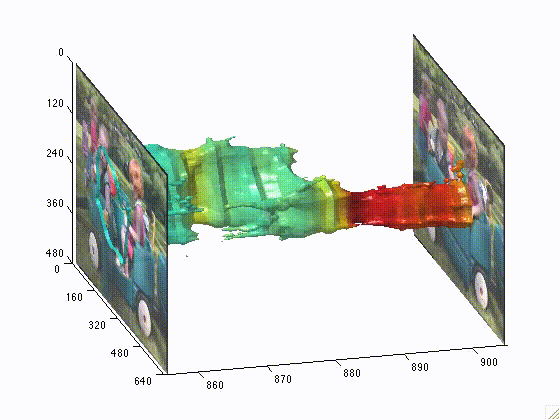Evidence-Based Innovation: The Science Behind EarliPoint®
Study Locations






Join the EarliPoint® Network
Answer a few quick questions to see if you qualify for low-cost access to EarliPoint® and opportunities to join the EarliPoint® Network. Takes ~2–3 minutes.
EarliPoint® Clinical Validation Trials
EarliPoint’s recent studies, featured in The Journal of the American Medical Association (JAMA), reveal the effectiveness of quantifying moment-by-moment looking behavior as a biomarker for objectively assessing the presence or absence of autism. These studies also measure individual children’s functioning across the three core domains of autism – social disability, verbal ability, and nonverbal learning.

DATE: September 5, 2023
Eye-Tracking-Based Measurement of Social Visual Engagement Compared with Expert Clinical Diagnosis of Autism

DATE: September 5, 2023
Development and Replication of Objective Measurements of Social Visual Engagement to Aid in Early Diagnosis and Assessment of Autism

- Jones, W. & Klin, A. (2013). Attention to eyes is present but in decline in 2–6-month-old infants later diagnosed with autism. Nature, 504, 427–431.
- Constantino, J., Kennon-McGill, S., Weichselbaum, C., Marrus, N., Haider, A., Glowinski, A., Gillespie, S., Klaiman, C., Klin, A., & Jones, W. (2017). Infant viewing of social scenes is under genetic control and is atypical in autism. Nature, 547, 340–344.
- Shultz, S., Klin, A., & Jones, W. (2018). Neonatal transitions in social behavior and their implications for autism. Trends in Cognitive Sciences, 22(5), 452–469.
- Rice, K., Moriuchi, J., Jones, W., & Klin, A. (2012). Parsing heterogeneity in autism spectrum disorders: visual scanning of dynamic social scenes in school-age children. Journal of the American Academy of Child and Adolescent Psychiatry, 51(3), 238–248.
- Shultz, S., Klin, A., & Jones, W. (2011). Inhibition of eye blinking reveals subjective perceptions of stimulus salience. Proceedings of the National Academy of Sciences of the USA, 108, 21270–21275.
- Klin, A., Lin, D. J., Gorrindo, P., Ramsay, G., & Jones, W. (2009). Two-year-olds with autism fail to orient towards human biological motion but attend instead to non-social, physical contingencies. Nature, 459, 257–261.
- Jones, W., Carr, K., & Klin, A. (2008). Absence of preferential looking to the eyes of approaching adults predicts level of social disability in 2-year-olds with autism. Archives of General Psychiatry, 65(8), 946–954.
- Klin, A., Jones, W., Schultz, R., Volkmar, F., & Cohen, D. (2002). Visual fixation patterns during viewing of naturalistic social situations as predictors of social competence in individuals with autism. Archives of General Psychiatry, 59, 809–816.



